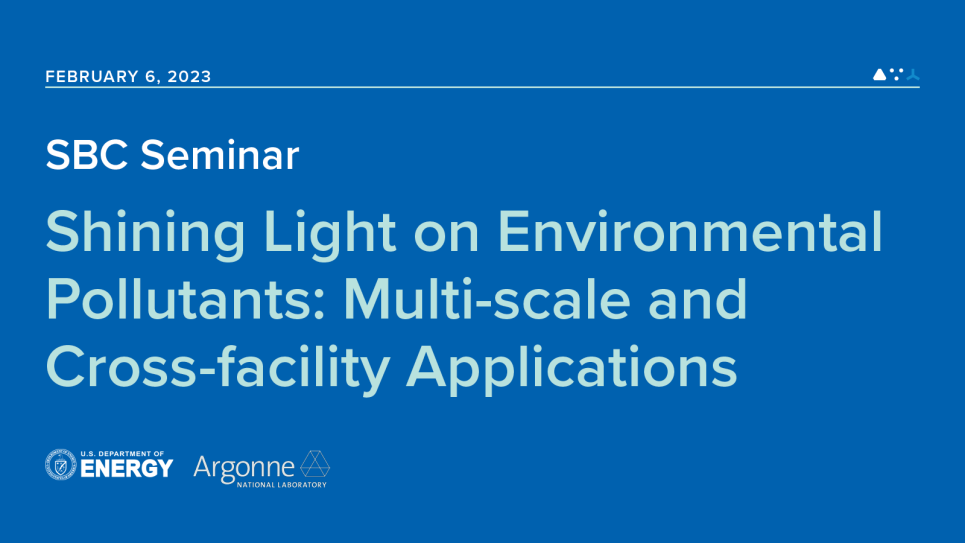
Shining Light on Environmental Pollutants: Multi-scale and Cross-facility Applications
Synchrotron techniques constitute a valuable tool in investigating the impacts of environmental pollutants on living systems. Two synchrotron techniques, X-ray absorption spectroscopy and X-ray fluorescence imaging, offer great possibilities due to their element specificity and minimal sample processing, especially compared to traditional analytical approaches. Since the chemical form of an element determines its mobility, bioavailability and toxicity, mapping elements’ distribution and their speciation down to the sub-micron scale can help better evaluate the risks posed by these pollutants to the human population and ecosystems. This talk will use examples of synchrotron studies conducted at the Canadian Light Source and Advanced Photon Source to illustrate the synergism between X-ray absorption spectroscopy and multi-scale X-ray fluorescence imaging in environmental toxicology and chemistry. Particular focus will be placed on mercury targeting the sensory organs in fish and whales. The capabilities of the BioXAS-Imaging beamline (Canadian Light Source), dedicated to multi-scale X-ray fluorescence imaging, will also be highlighted.
Speaker Bio:
Dr. Gosia Korbas is a senior scientist and beamline responsible leading the BioXAS sector at the Canadian Light Source. Dr. Korbas received her Ph.D. and M.Sc. degrees in physics from the Jagiellonian University, Krakow, Poland. After completing her Ph.D., Dr. Korbas took postdoctoral fellowship positions at EMBL Hamburg with Dr. Wolfram Meyer-Klaucke and the University of Saskatchewan with Drs. Graham George and Ingrid Pickering. In 2012 Dr. Korbas joined the Canadian Light Source to lead the BioXAS sector through its final construction and commissioning stages. The three BioXAS beamlines are now operational and enable various science projects utilizing X-ray absorption spectroscopy and multi-scale X-ray fluorescence imaging.
Dr. Korbas is interested in applying synchrotron methods to study how metals interact with biological systems. Her research focuses on understanding the mechanisms of toxicity for global pollutants such as mercury.